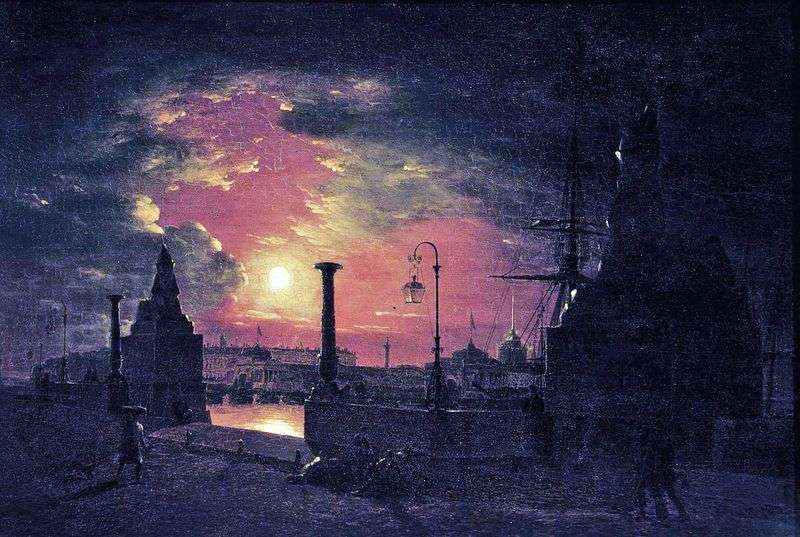
Maxim Vorobiev lived a long life, traveled a lot, worked very hard, made a successful academic career, became famous among contemporaries as a landscape painter and deserved appreciation as a teacher.
Sensitive to the tide of time, Vorobyev refuses from the already archaic, smooth and dry, stereoscopic manner of writing, a clear sketch of details, compositional symmetry, the necessary balance of the masses and the statics of the classic species landscape, which already seemed to have arisen by the early 1820s. Linear perspective is replaced by light and air, the space in the picture is interpreted dynamically, architectural motifs completely obey the landscape, the color range varies freely depending on the nature of the landscape, the season, the time of day.
Painting Vorobyov becomes emotionally expressive. A huge role in this transformation of “species” in a romantic landscape belongs to illumination. Despite numerous trips, an abundance of impressions, acquaintance with the exotic countries of the East, St. Petersburg is the favorite subject of Vorobiev.
Maxim Vorobyev opened for his contemporaries night Petersburg: an amazing city where the faint light of the night lamps dissolves in the radiance of the moon, reflected by the river smoothness, where against the background of a low, dreary, gloomy autumn sky, the fantastic silhouettes of Egyptian sphinxes are depicted, where mysterious nocturnal people live in the streets. We know, from the reviews of contemporaries, how they liked these landscapes, and even now, despite their somewhat superficial romanticism, they are excited by the imagination.
 Harvesting hay. The village of Nikolskoe, the estate of AN Lvov by Maxim Vorobiev
Harvesting hay. The village of Nikolskoe, the estate of AN Lvov by Maxim Vorobiev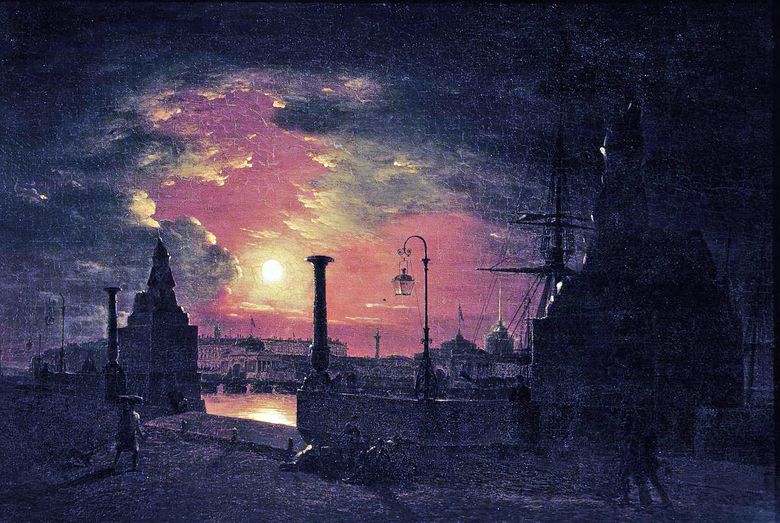 Nuit d’automne à Saint-Pétersbourg. Pier avec des sphinx égyptiens sur la Neva la nuit – Maxim Vorobyov
Nuit d’automne à Saint-Pétersbourg. Pier avec des sphinx égyptiens sur la Neva la nuit – Maxim Vorobyov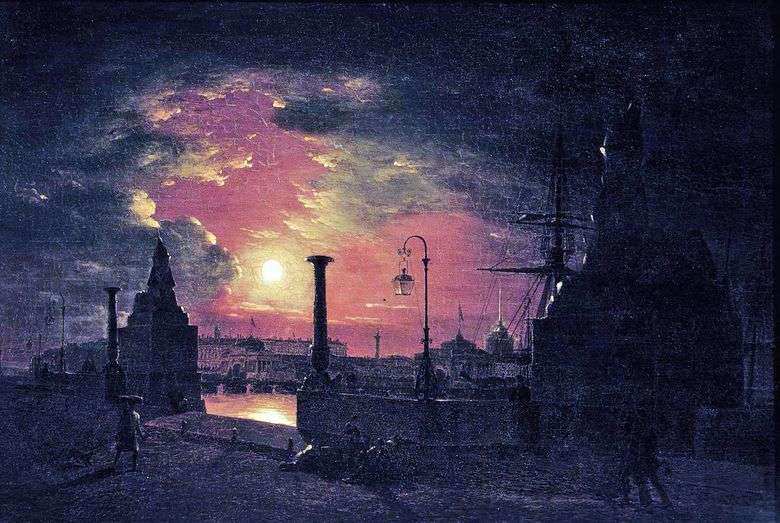 Noche de otoño en petersburgo. Muelle con esfinges egipcias en el río Neva por la noche – Maxim Vorobev
Noche de otoño en petersburgo. Muelle con esfinges egipcias en el río Neva por la noche – Maxim Vorobev Odessa at night by Ivan Aivazovsky
Odessa at night by Ivan Aivazovsky Starry Night by Vincent Van Gogh
Starry Night by Vincent Van Gogh View of St. Petersburg by Ivan Aivazovsky
View of St. Petersburg by Ivan Aivazovsky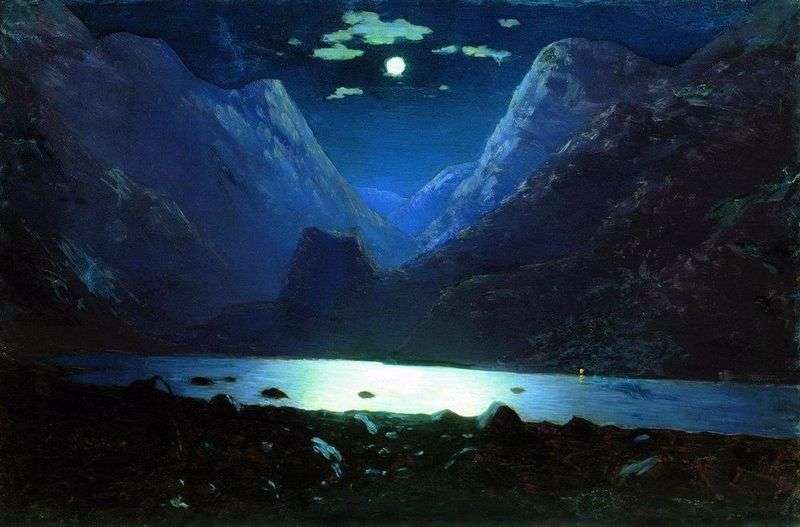 The Daryal Gorge. Moonlit Night by Arkhip Kuinji
The Daryal Gorge. Moonlit Night by Arkhip Kuinji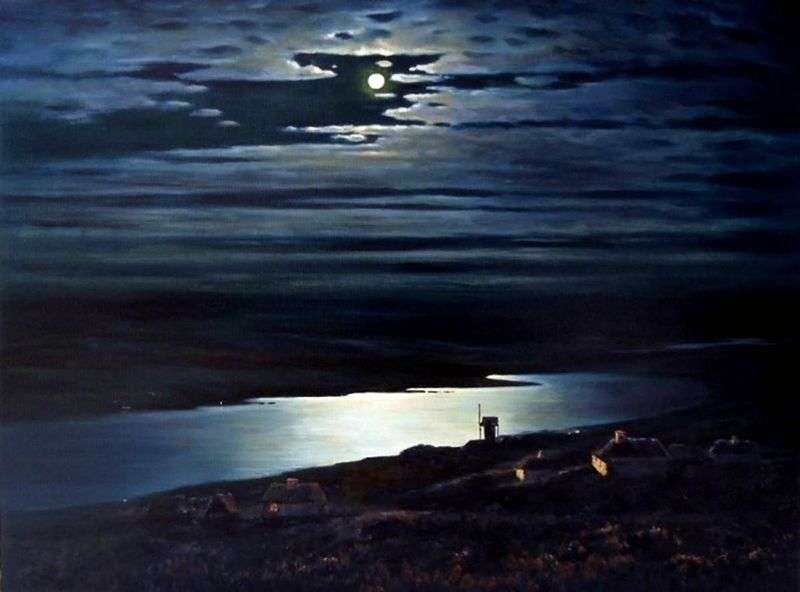 Moonlit Night on the Dnieper by Arkhip Kuinji
Moonlit Night on the Dnieper by Arkhip Kuinji